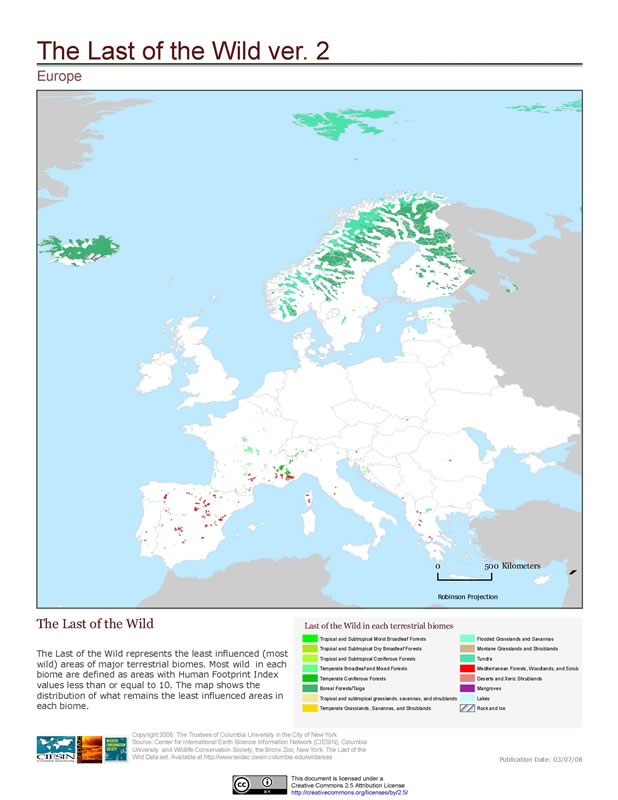So you’re on holiday at a villa in Western Crete; blue skies, bluer seas, wildflowers, olive groves and fish so fresh it practically flaps its way onto your plate. But it isn’t enough. And before you arrived, your blogging compadre told you that a few kilometres down the coast was a micro-reserve dedicated to the conservation of Phoenix theophrasti, right at the western edge of its distribution.
“Hey,” you announce gaily. “Let’s go see the wild date palms a few kilometres down the coast.”
Jaws drop, sniggers are suppressed, knowing glances exchanged. Agricultural biodiversity has reared its ugly head, on holiday no less.
Eventually, one of the company asks the dreaded question.
“Why?”
So you go into blather mode. Crop wild relatives. Narrow genetic resources. Problems of cultivated date palms. (What was the name of that disease that’s killing Deglat Nour?) Breeding cycles. Climate change. Are date seeds recalcitrant? Vital importance for the entire future of the whole of the Middle East and North Africa. Blather, blather, blather.
And they buy it, yes! To humour you, but still. So off you wend along narrow, beautiful mountain roads, detouring for three hours to get a flat tire fixed. And there in the car park of the taverna where you stopped for coffee, locally-grown papaya and raki — at 11.30 in the morning — while the puncture was being mended, is a sign about the micro-reserve for Phoenix theophrasti, which enumerates the threats, outlines the responses and acknowledges the sponsors, but fails to answer the “why?” question.
Refreshed, on you wend, past the monastery of the golden step, through olive groves sheltering biblical flocks of sheep in their shade and down a stony incline. Confusingly, a couple of houses boast tame date palms, and you’re forced to admit that those are not why we came.
Suddenly, there you are. An honest-to-God turquoise lagoon fringed by lunar volcanic rock that has remarkably sharp edges. A sign and, you have to admit, some pretty ragged looking specimens that are clearly very like date palms.
Off you scamper to document the find and alert your colleague. Snap, snap, snap.
Carob trees. Wild thyme alive with bees. Spininess abounds. CWR heaven.
You return to the company, which has also been scampering, documenting, and paddling in the lagoon.
“This is heaven,” says one.
You breathe a quiet sigh of relief.
